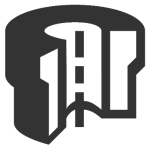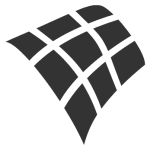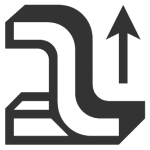Why KOMPAS-3D?

Solid Modeling
Solid modeling typically starts by drawing 2D sketch objects, which you turn into 3D parts fixing them with constraints, extruding them by specified distances, rotating them about their axis, and so on.
You further refine 3D parts with editing commands that add chamfers and fillets, cut holes, add stiffeners, and much more.
To create complex assemblies, you join multiple parts together with rules and 3D constraints.

Surface Modeling
Surface models typically begin with the creation of 2D and 3D profiles made from all sorts of curves, spatial lines, and points.
You then create 3D surfaces by extruding, revolving, and generating them along paths; by defining sections, and grids of curves; and more. You can further refine surfaces by trimming, splitting, extending, and restoring them; by adding cutouts to them; and so on.
KOMPAS-3D turns surfaces into solid models when you assign thicknesses and materials to them.

Surface Modeling
KOMPAS-3D designs all kinds of sheet metal parts, instrument packages, electrical cabinets, brackets, and so on with its sheet metal functions.
You can design practically anything that can be produced by sheet metal forming like bending and stamping.
Once your design is complete, you prepare sheet metal parts for production by generating dimensioned flat patterns from them.

Object Modeling
Instead of drawing sketches and modeling parts, image adding them to assemblies much more quickly with the assistance of pre-drawn objects. You design rapidly with objects based on typical industry parts, such as pipes, gears, fasteners, and other metal shapes.
KOMPAS-3D offers objects that can be modified quickly, understand how to behave with other parts in models, and store useful information about themselves.





